The majority of LGBT people are bisexual or queer, poll reveals
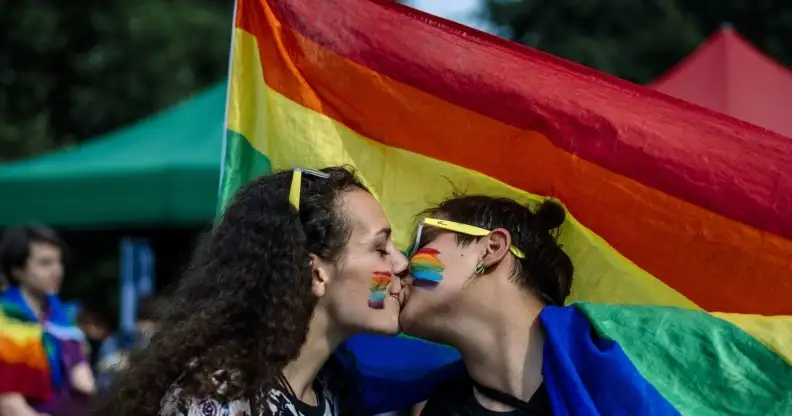
A couple kisses during Pride (DIMITAR DILKOFF/AFP/Getty)
Most LGBT people in the US are bisexual or queer, a new study has revealed.
A total of 51 percent of respondents did not categorise themselves as gay or lesbian, but instead chose a different place on the sexuality spectrum.
A huge 78 percent of bi people in the US are female, with less one in five – 19 percent – being male.
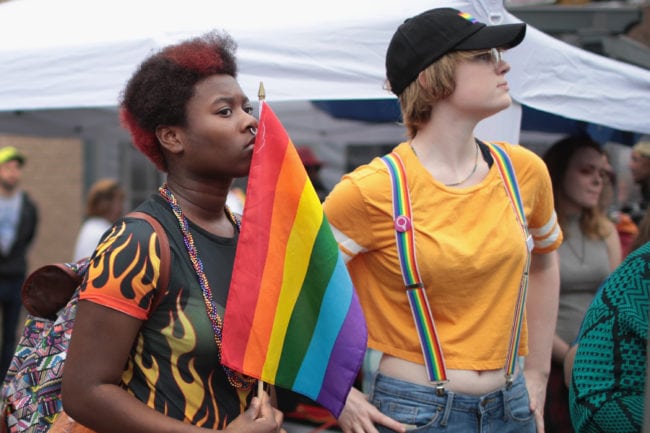
More than a third of bi people in the US are non-white (Scott Olson/Getty)
The news comes just weeks after it was revealed that the number of Americans who openly identify as LGBT had hit a record high after increasing for the sixth year in a row.
This new study, conducted by Whitman Insight Strategies and BuzzFeed News, showed that 32 percent of LGBT Americans define as gay, while 16 percent identify as lesbians.
More than a third of bi people in the US are non-white, at 38 percent – which is a great deal more than gay or lesbian people of colour, who make up around a quarter of their categories.
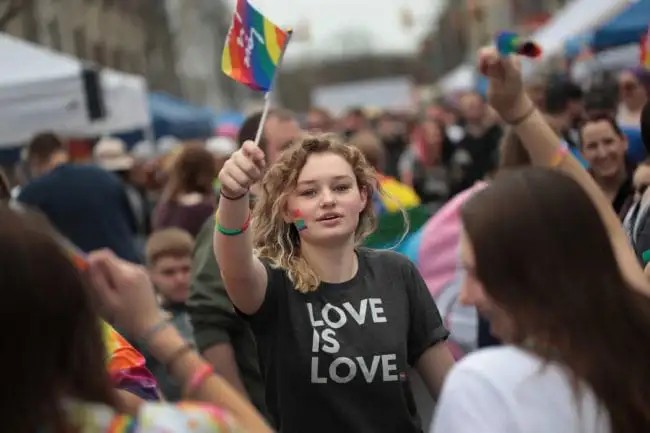
Attendees of the Columbus Pride Festival (Scott Olson/Getty)
Nearly half – 46 percent – of those defining themselves as bisexual or queer were between the ages of 18 and 29, showing a rise in the acceptance of non-binary sexual identities.
This trend can be seen in the UK as well, with a study last year showing that only two-thirds of young British people define themselves as completely straight. A total of 14 percent of 16-22-year-olds said they were “mostly” attracted to the ‘opposite sex,’ while nine percent were equally attracted to both sexes.
Last year, a study showed that 57 percent of young people didn’t identify with traditional definitions of heterosexuality – and that 47 percent preferred not to use any labels.
Other research has also revealed that a person’s sexual orientation can fluctuate and change throughout their lifetime.
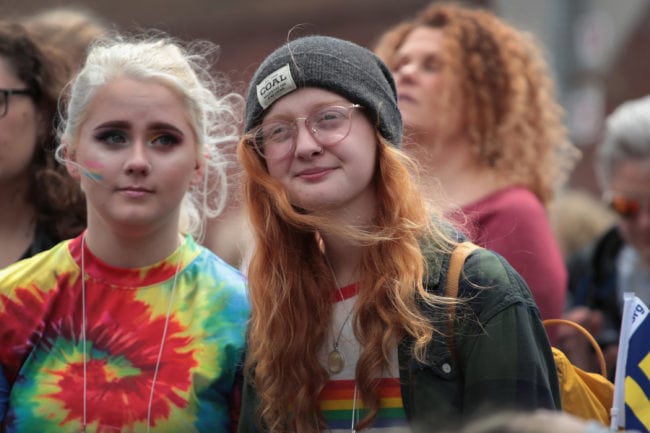
A person’s sexual orientation can change throughout their lifetime, according to research (Scott Olson/Getty)
However, being bi can come with unique challenges. A study last year found that bisexual people have worse relationships, on average, than straight or homosexual people.
Bisexual people have consistently been found to have the lowest life satisfaction among LGBT people.
They feel less worthwhile and happy – and much more anxious – than other people too, according to a study from last year.
A study published earlier this year showed that bi teenagers are five times more likely to get pregnant than their straight counterparts.
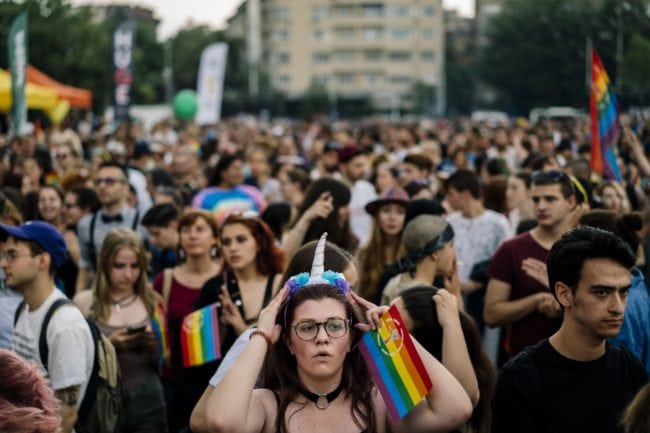
Bisexual people are often erased from popular narratives (DIMITAR DILKOFF/AFP/Getty)
It was revealed last year that bisexual people sleep worse than everyone else, with bi women being especially affected.
Bisexual women are also more promiscuous, confused and neurotic than anyone else, according to straight people.
A study published in The Journal of Sex Research earlier this year found that straight people also think bi women are less inclined to be monogamous, less agreeable and less conscientious than people with other sexualities.

